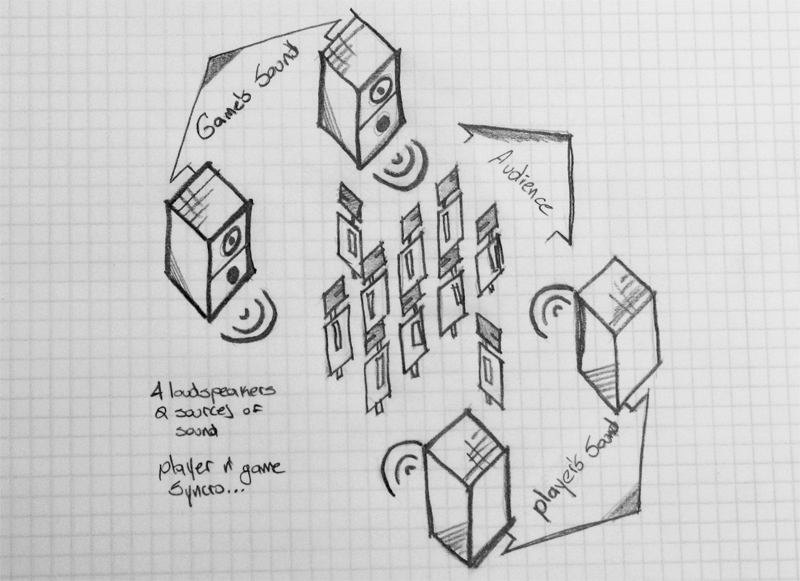23
07/08
22:33
Mark Amerika’s seminar (05):final
Arabic
Asmaow sawta ahaden ma. Walaken men ayna yaaty
hatha alsawt. Holkato allaile manahat elsawta
nakawatan raheba. La bodda an atwia altholmata wa ahrob.
Lakenny okerro anna shayan ma yashoddony elayha.
Yoarkelo khotaya learje. Sho-oron abyion la yotwa,
aynaha, sawtoha, jasadoha, wa def-o def-eha. Arfa-o
yade el yomna wa oksem, hathehe el marrato el
wahedato alltay yokalejony feha sho-oron momathel.
Ka ashe3ate shamsen atallat men bayne sahabaten
baáda asefa. Ka enaken baáda giyab. Kasharaben
dafe-en baád mashien taweelen tahta elmatar.
Lematha fajatan athkoro jaddate. Kanat ter3obha
allahathato el sa-eeda. Hal ta-anto amekan fel omre
le ofakkera bhatha al-aan. La alla men al afdale an
olkya senenee wa astaslem. An arfa-ah rayata
hodnaten bela shorot. An ahfatha ma-ah wajhe wa
owajeha kadary mosallema. Kollolmady kadentaha
kadomo-en shattataha el matar. La allaha totello
fakat lelahathat, lakennaho da-eman men el jadeer
elentetharo basabren lro-yate ehda akwase kosah.
Last session, short projects presentation and two basic terms: Collaboration and remixing.
Together? collaborative remixiability?.
The path of working in current media content creation, networking disturbed the communication hierarchical flow of information, emitter and receiver. Through networks everyone with access to information can modify it and retransmit it, assembling any media object we have on our hands is how we are creating new contents, forms, and objects.
In this flow personal and social spheres collapse and blur distinctions of identity, of reliability. As more and more people get access to media and tools to produce media content, questioning values of expertness, quality and art acquired again relevance. Are we approaching us to an flat state were all are artist, photographers, writers, designers, etc? Are Media creating such amount of noise that identifying real valuable works become almost impossible?
Here some pieces we did in a short collaborative-remixed assignment:
- Thanasis, Leonardo, David, Chi: Me (Identity, social)
- Drita, Ryan, Gero, Johnny and Karl: Route 13 (Mixing Times and Spaces)
- Katja, Selin, Nagehan, Daniel: III (Identity, exhibitionism)
- Efi, Ahmad, Ricardo: OverNoise (Identity, performance, noise)
OverNoise Sounds
| Efi: Greek 1:08 [audio:http://pktweb.com/drnn1076/personal/new-gallery/overflow/images/efi-greek.mp3|bg=0x003300|loader=0x000000|leftbg=0x888888|rightbg=0x888888|lefticon=0xd1d1d1|righticon=0xb1b1b1|rightbghover=0x888888] |
| Ahmad: Arabic 1:16 [audio:http://pktweb.com/drnn1076/personal/new-gallery/overflow/images/ahmad-arabic.mp3|bg=0x003300|loader=0x000000|leftbg=0x888888|rightbg=0x888888|lefticon=0xd1d1d1|righticon=0xb1b1b1|rightbghover=0x888888] |
| Ricardo: Spanish 0:57 [audio:http://pktweb.com/drnn1076/personal/new-gallery/overflow/images/ricardo-spanish.mp3|bg=0x003300|loader=0x000000|leftbg=0x888888|rightbg=0x888888|lefticon=0xd1d1d1|righticon=0xb1b1b1|rightbghover=0x888888] |
Cheers and many thanks to Mark.
